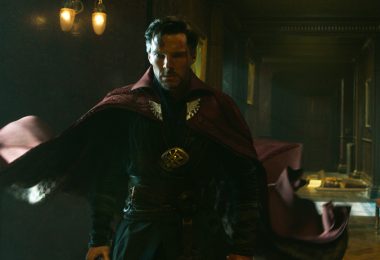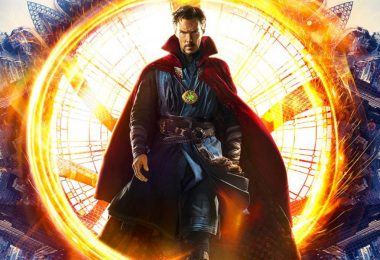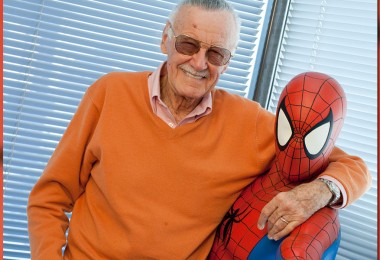By Beth Deitchman
“What if I told you the reality you know is one of many?”
This is the question posed to Dr. Stephen Strange (Benedict Cumberbatch) by the Ancient One (Tilda Swinton) in Marvel Studios’ Doctor Strange, opening in theaters on November 4. Strange, a world-famous neurosurgeon, has journeyed to a mysterious enclave, Kamar-Taj, on a quest to heal his hands after suffering a career-ending injury in a horrific car accident. He soon learns, though, that Kamar-Taj is also the front line of battle against dark forces bent on destroying the reality he knows.
Director Scott Derrickson was drawn to the mysticism in Doctor Strange’s story when he first read the Marvel comics, and he took the science of alternate dimensions very seriously as he prepared to direct the film. But, he explains, “In Doctor Strange magic is magic. And what makes magic ‘magic’ is that it goes beyond mere scientific understanding. What makes mysticism ‘mysticism’ is that it transcends our categories, and our ability to assimilate through knowledge, that which is scientific, factual, and provable. I ascribe to the idea that mysticism is not the absence of reality, but the presence of more reality than we can comprehend.”

Derrickson enlisted the help of Science Consultant Adam Frank to envision what the parallel dimensions, alternate dimensions, and multiverse of Doctor Strange could look and feel like. Frank is a professor of astrophysics at the University of Rochester, a regular on-air commentator for National Public Radio’s All Things Considered, and a science contributor to The New York Times. But this self-described “evangelist of science” is also a fanboy, going back to his youth. “I can still picture the corner store where I’d go every week to get that week’s new issues of Marvel comics,” he tells D23. Who was Frank’s favorite Marvel Super Hero? “In both the comic books and in film it’s Star-Lord. I read the fifth issue [of Guardians of the Galaxy] when I was 16 and the drawings in it were so beautiful. And then when the Star-Lord movie came out it was so funny. Up and down the block, Star-Lord is my man!”
The scientist and the filmmaker discussed both scientific theory and philosophical concepts. “We talked about the science of things like the multiverse, [the idea] that there are multiple universes of which ours is just one, and these other universes can have completely different rules, completely different laws,” Frank says. “But this was a movie where philosophy mattered a great deal as well.”
Doctor Strange explores the complex nature of the mind, the idea that the mind serves as a gateway to what Frank refers to as “a whole range of really interesting questions about the fundamental nature of the universe.” Many of these questions are yet to be answered by science, but Frank observes, “The movie used the science to sort of unpack the possibility of other dimensions and other kinds of universes.”

This respect for science is something Frank has admired throughout the Marvel Cinematic Universe. “They have been building, piece by piece, this very coherent, very consistent universe that respects science, respects the process of science. Tony Stark is a scientist. Bruce Banner is a scientist. S.H.I.E.L.D. gets all these groovy toys through science. So they respect science and then build out of it, expand from what we know and use it to create this very interesting fictional world,” he says, speaking like the true fan he is.
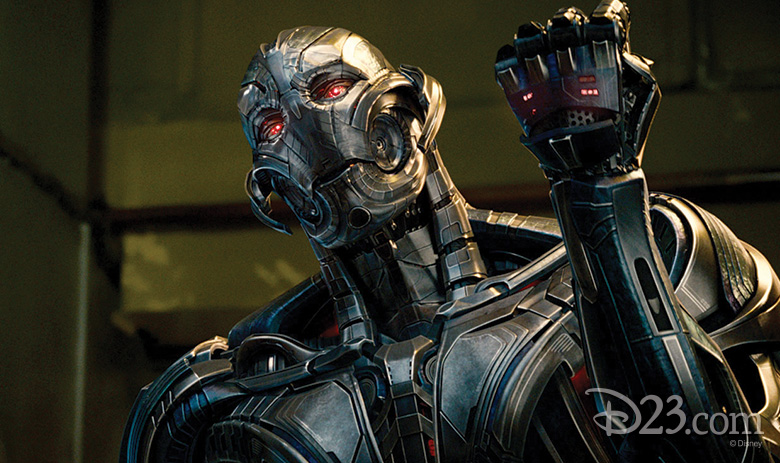
“Let’s take the development of Ultron [in Marvel’s Avengers: Age of Ultron]—a malicious artificial intelligence. We’re getting very close to that, potentially,” Frank points out, adding, “There’s lots of huge questions about this, but if there’s anything that’s bearing down on us and has significant issues we’re going to have to address it is intelligent machines.”
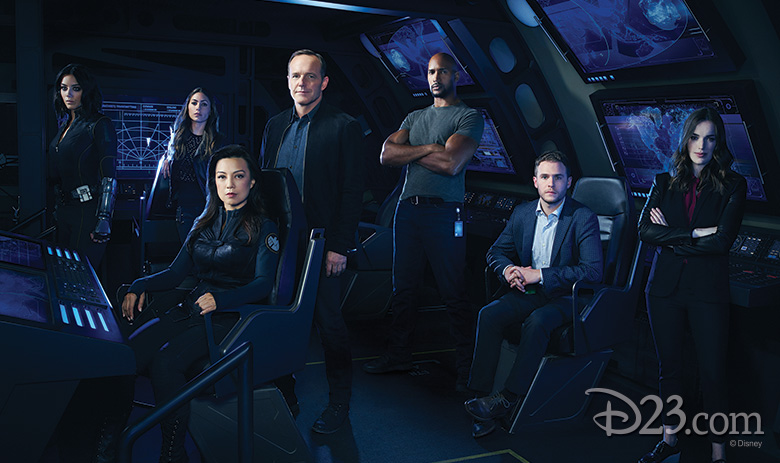
When asked whether a real-life team of Avengers might assemble in our midst, Frank is more circumspect. “The military already has strength-enhancing, augmenting suits, so that kind of technology is not so crazy far away. We have not figured out how to violate the laws of physics in terms of flying, so the Helicarriers from The Avengers—getting something that big to fly—I don’t think that’s going to happen any time soon. But when it comes to being able to make micro machines—machines the size of a cell—that is really where a huge amount of our advances are coming. So some of the things you see in Agents of S.H.I.E.L.D., some of those technologies, I can imagine that we’re working our way toward that when it comes to artificial intelligence and surveillance and things like that.”
So while Super Heroes and villains alike can still exercise caution on screen, we common folks need not worry about laser death rays or things that can lift giant aircraft carrier-size objects. Frank assures us, “We just don’t have the handle on those kinds of laws of physics.”
But, he says, “Anything that’s involved with manipulation of genes, we’re making both amazing and scary progress on that. That kind of goes to the mutant thing. Are you going to get a mutant who can fly? No. Are you going to get a mutant who can control the weather? No. But are we going to get to the point where we can control genetics to the point where maybe we’re going to be able to make people who are somewhat faster? Or live longer or have better eyesight or are more intelligent?” That, Frank says, is within the realm of possibility.
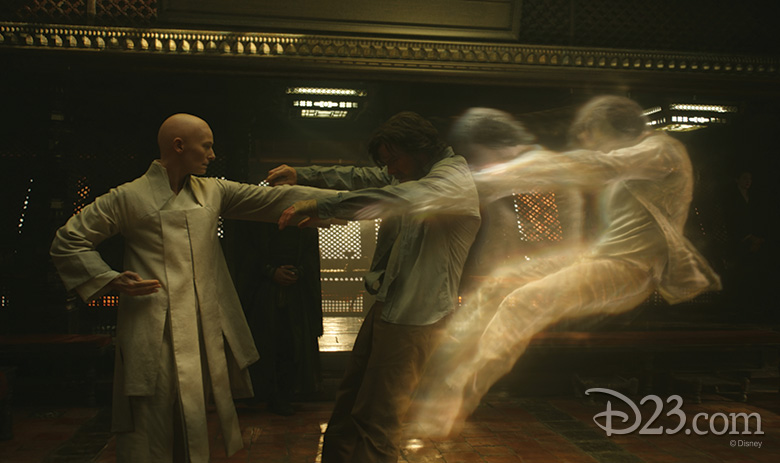
“Forget everything you think you know,” the Ancient One admonishes Doctor Strange in the film, which marks the first—but hopefully not the last time the worlds of magic and science collide in the Marvel Cinematic Universe.
“Regardless of what you believe, you can be a complete naturalist and a complete materialist skeptic and you’re going to want stories that make the world feel magical and mystical and filled with unknown realities,” Derrickson says. “Those are good stories. Those are good tales for everybody.”



